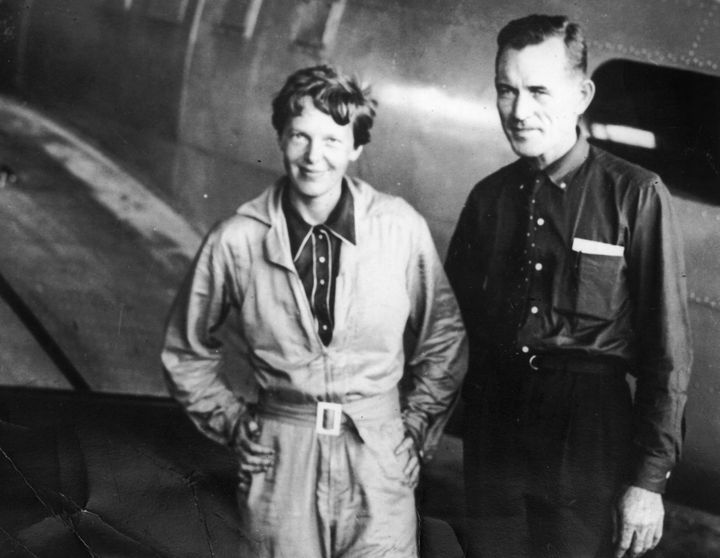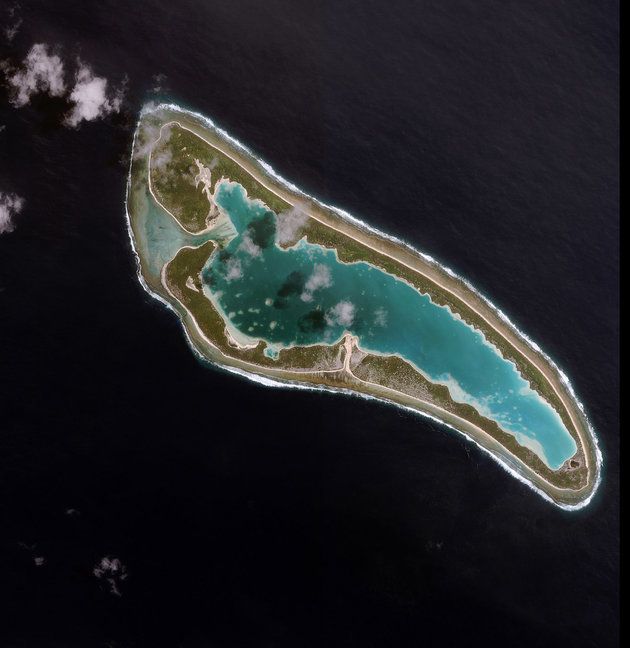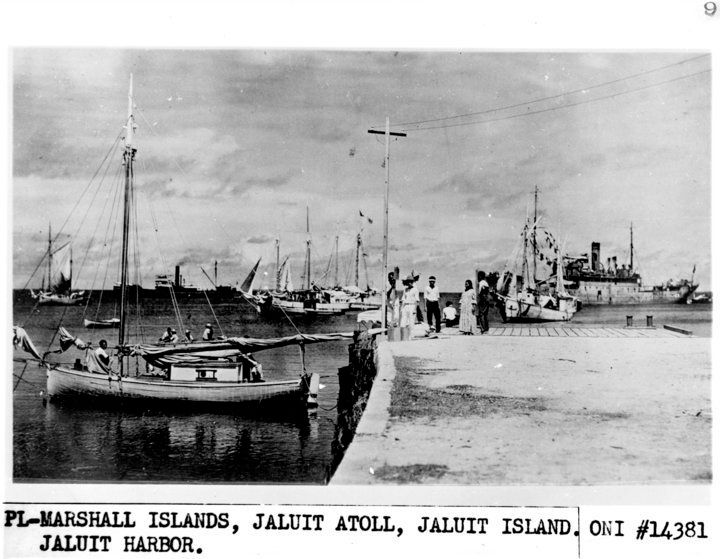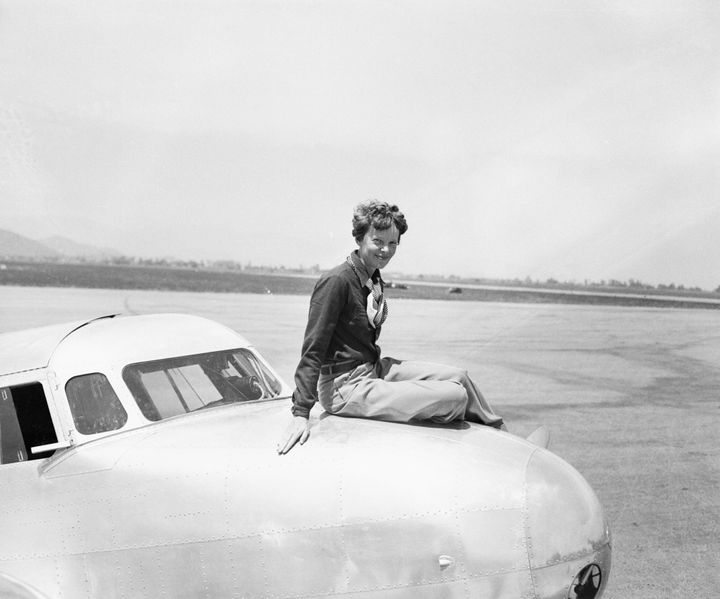A research group dedicated to finding out what happened to Amelia Earhart hopes to release intriguing new information amid speculation the legendary pilot was photographed after falling into the hands of the Japanese.
The International Group for Historic Aircraft Recovery (TIGHAR) has been probing the disappearance of Earhart and her navigator Fred Noonan for 23 years and is focusing its efforts on the theory the pair died as castaways on a remote South Pacific island.
TIGHAR has long believed Earhart and Noonan landed on or close to Nikumaroro Island in the south western Pacific republic of Kiribati, after running low on fuel on the way to Howland Island some 350 miles away.

Now as part of an expedition also sponsored by the National Geographic Society, four forensic dogs have been transported to the island in an attempt to sniff out the evidence of any human remains.
Earhart, who was the first woman to fly solo across the Atlantic Ocean in 1932, went missing with Noonan on 2 July 1937 after they left Papua New Guinea during a quest to circumnavigate the world along an equatorial route.
According to the National Geographic, all four border collies have identified the same spot under a tree, leading them to believe Earhart and her navigator may have died there 80 years ago.

While no bones were found, soil samples have been taken from the site, with Fred Hiebert, National Geographic’s archaeologist in-residence pointing out that Neanderthal DNA has been successfully extracted from soil dug from a French cave. The results are expected “perhaps in the coming weeks.”
The expedition is also sending a team to Tarawa, acting on reports that in 1940 a British official visited a clearing on the island and claimed to have found human bones under a tree. According to this theory, the bones somehow ended up in a post office in Tarawa, Kiribati’s capital.
News of the expedition comes just days after a photograph emerged purporting to show Earhart and Noonan after their disappearance in the Japanese-held Marshall Islands.

It is proposed the grainy shot features Earhart with her back to the camera and is gazing at what may be her damaged 38ft-long aircraft loaded on a Japanese ship, Koshu. A man believed to be Noonan is positioned to the far left of the photo.
The theory was put forward in a History Channel documentary on Sunday, in which former US Treasury Agent Les Kinney claimed he discovered the photo hidden and mislabelled in the US National Archives. According to Kinney, who has spent 15 years searching for Earhart, the picture: “clearly indicates Earhart was captured by the Japanese.”
TIGHAR, meanwhile has described the picture and the claims around it a “fiasco”, stating the person alleged to be Earhart cannot be identified, that the man is not Noonan and that the photo was not misfiled.

Nikumaroro, also known as Gardner Island, is an uninhabited atoll in the Pacific Ocean about 2,000 miles southwest of Hawaii.
TIGHAR claims to have evidence that Earhart made more than 100 radio distress calls from the island between 2-6 July 1937 – some of which it claims were picked up as far away as Texas and Melbourne.
The group believes an injured Earhart and possibly Noonan lived for some time on the island – which was last inhabited in 1892 – drinking rainwater and eating clams, turtles, fish and birds.
It believes Earhart died at a makeshift campsite at the island’s southeast end and that her plane was swept over the edge of the reef which surrounds it.
The pilot was legally declared dead on 5 January1939, with the US government concluding she had run out of fuel and crashed at sea.